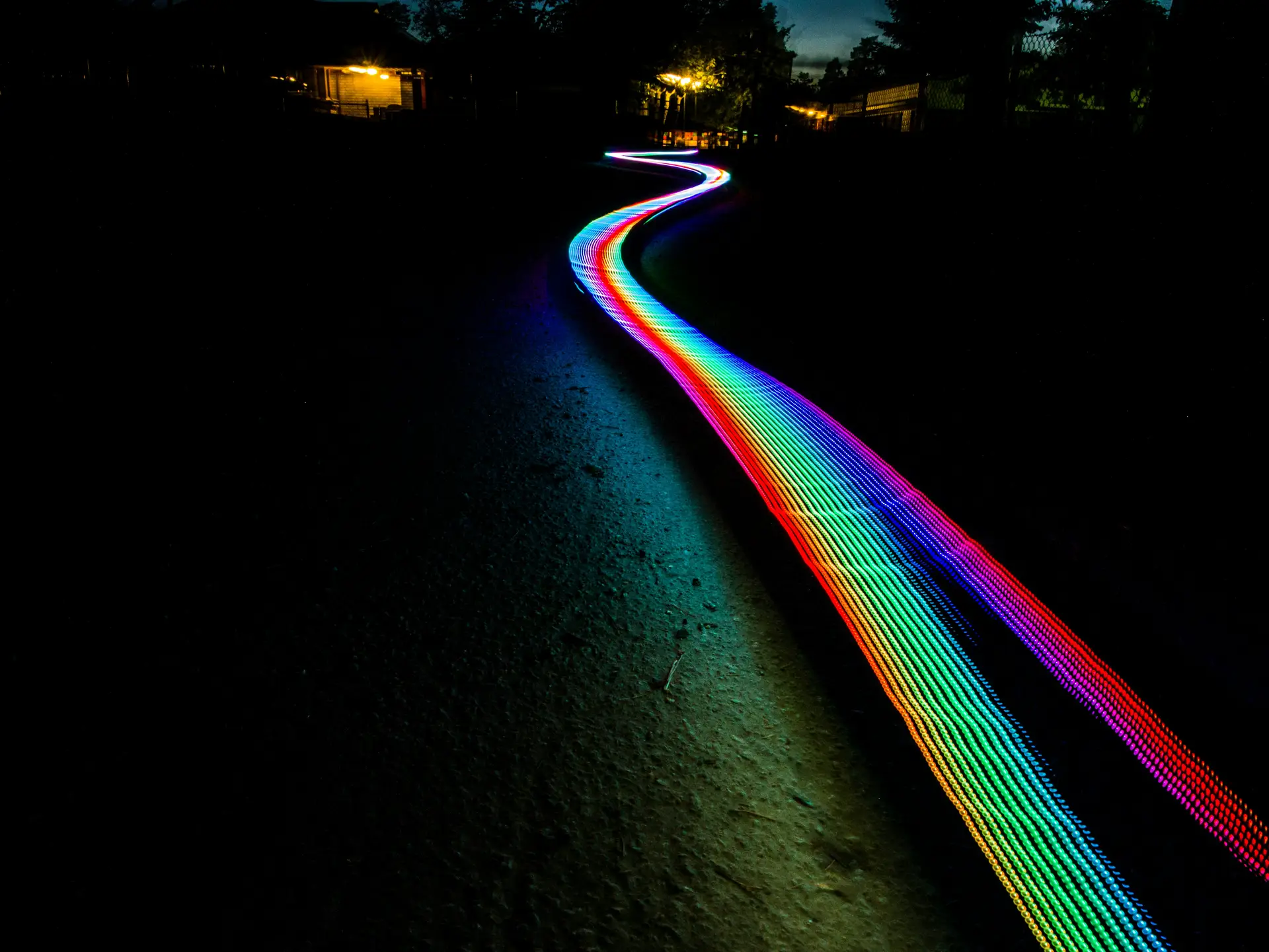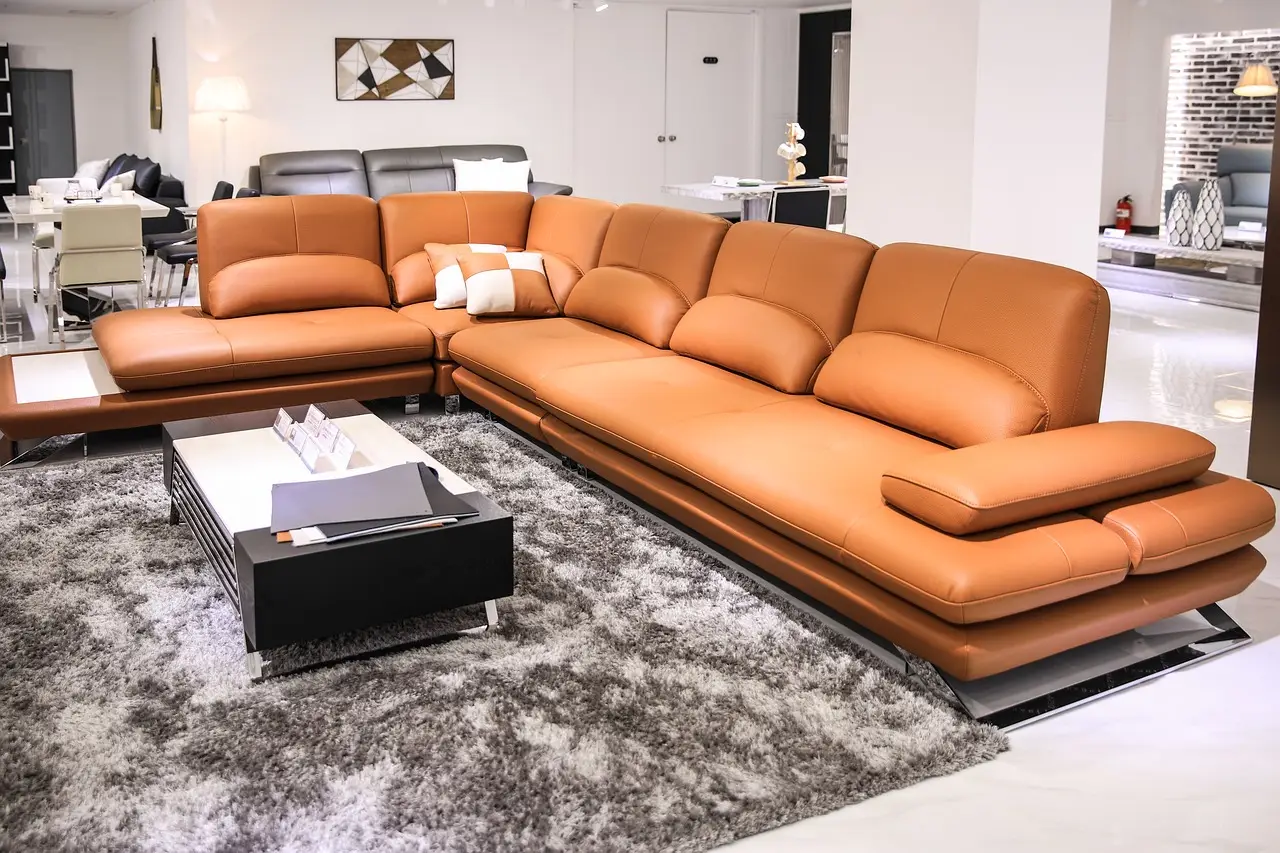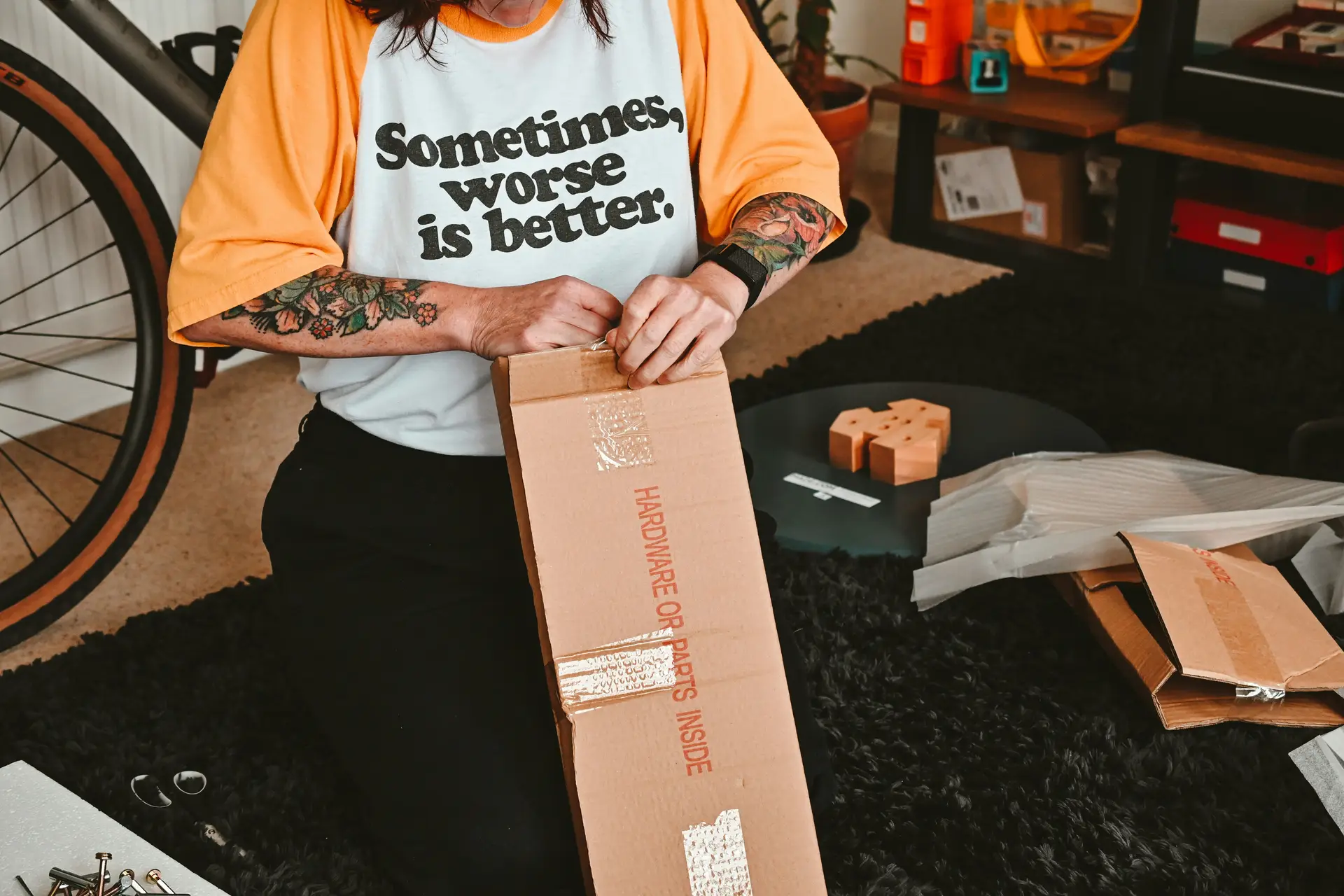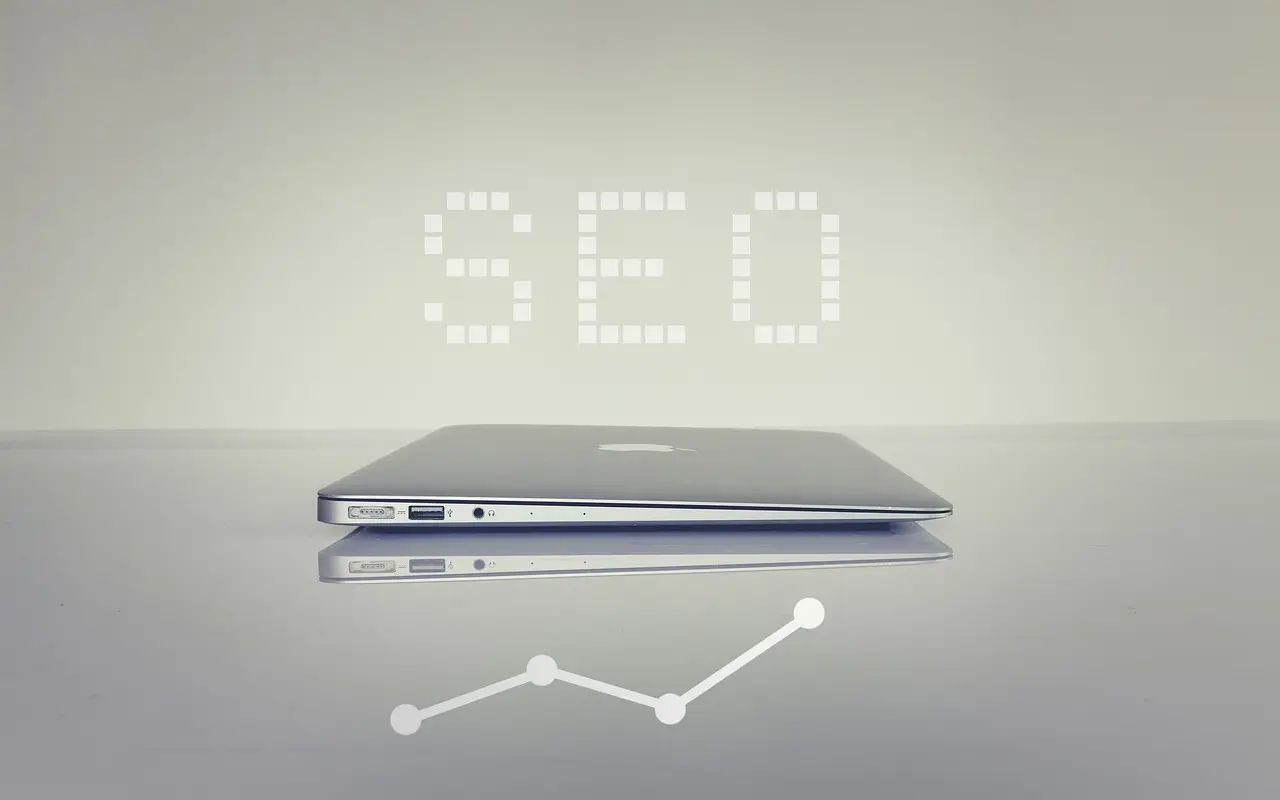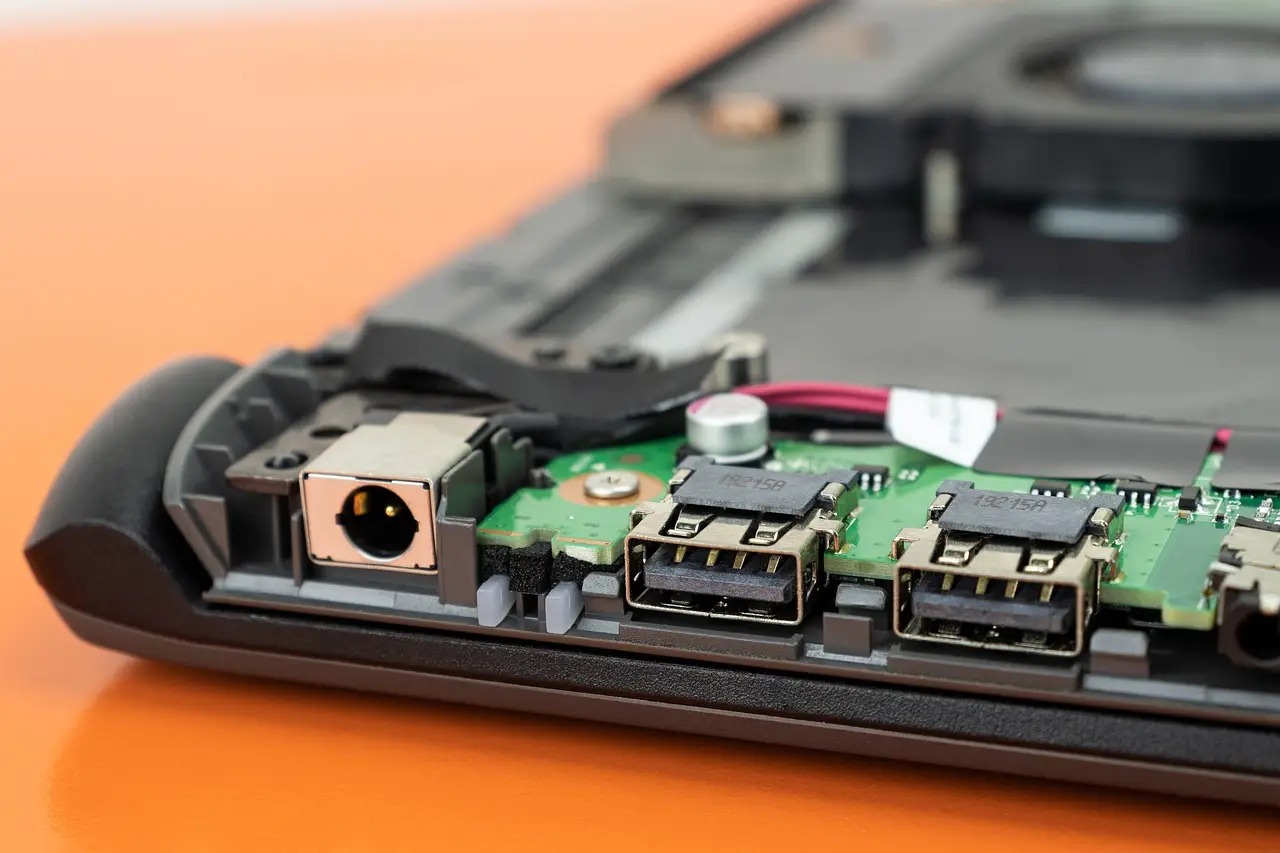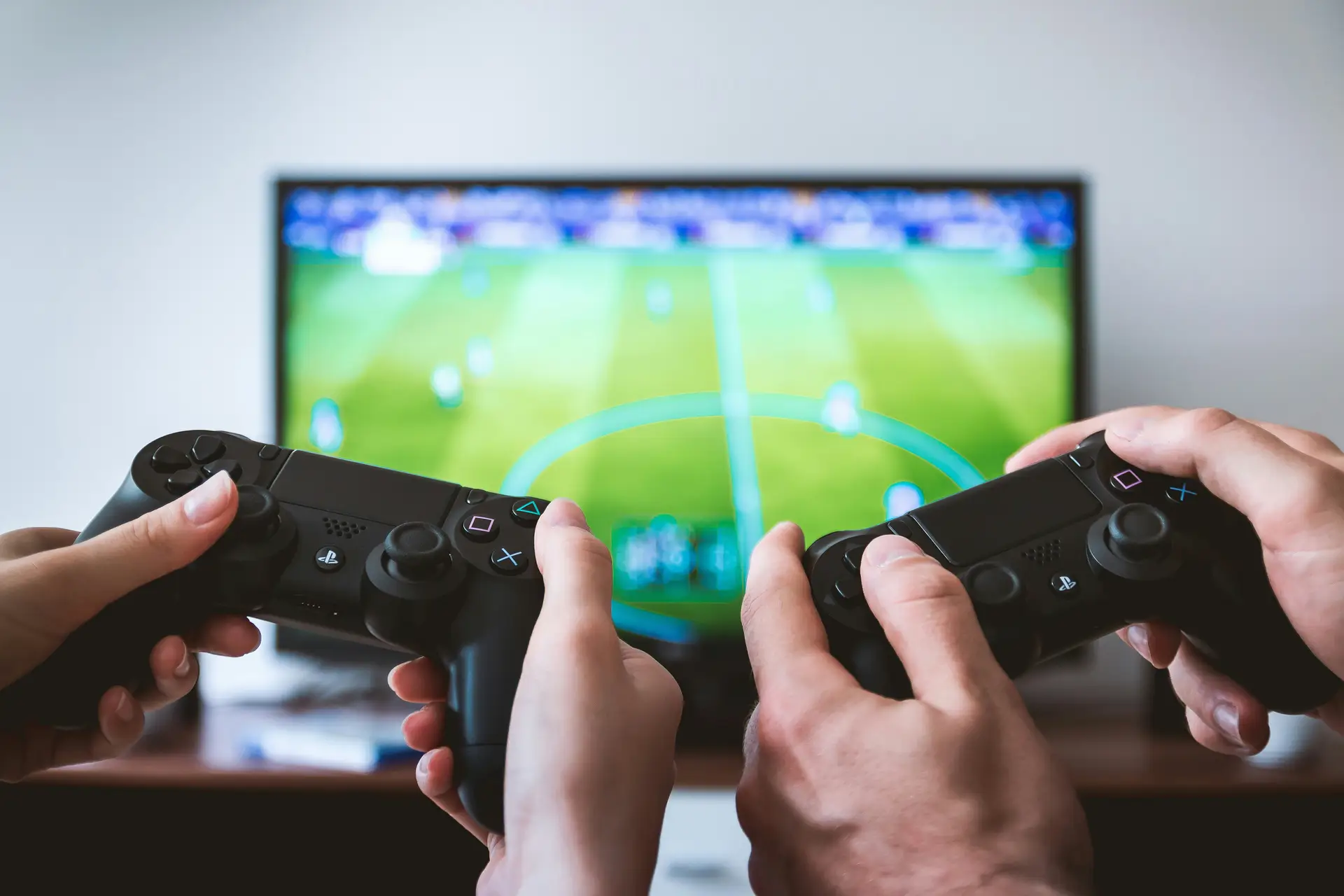The Impact of LED RGB Technology on Contemporary Interior Design
The Evolution of Interior Design and the Role of LED RGB Technology
The evolution of interior design has seen various trends come and go, influenced by culture, technology, and artistry. As we enter an era marked by innovation, one of the most notable advancements reshaping our living and working spaces is lighting technology. Among the many lighting solutions available today, LED RGB stands out for its versatility and transformative potential. This technology enables designers and homeowners alike to create dynamic and inviting interior environments, significantly impacting how spaces are perceived and used. This article explores how LED RGB technology is revolutionizing modern interior design by enhancing aesthetic appeal and functionality.
I. Understanding LED RGB Technology
A. Definition of LED RGB
To appreciate the influence of LED RGB technology, it's essential to understand its components.
- LED (Light Emitting Diode): LEDs are semiconductor devices that emit light when an electric current passes through them. Unlike traditional incandescent bulbs, which generate light through a filament heated to high temperatures, LEDs produce light far more efficiently. This energy-efficient technology not only consumes less power but also generates less heat, making LED lighting a safer and more eco-friendly option.
 2. RGB (Red, Green, Blue): RGB technology refers to the combination of three primary colors—red, green, and blue—to create a full spectrum of colors. By adjusting the intensity of each of these colors, LED RGB fixtures can produce virtually any hue an interior designer might envision, providing an unprecedented level of customization.
2. RGB (Red, Green, Blue): RGB technology refers to the combination of three primary colors—red, green, and blue—to create a full spectrum of colors. By adjusting the intensity of each of these colors, LED RGB fixtures can produce virtually any hue an interior designer might envision, providing an unprecedented level of customization.
B. Benefits of LED RGB
LED RGB technology offers numerous advantages that make it an appealing choice for interior design:
-
Energy Efficiency: One of the most significant benefits of LED RGB lighting is its energy efficiency. LEDs consume up to 75% less energy than traditional incandescent bulbs, leading to reduced utility bills and a smaller carbon footprint. This energy efficiency aligns with the growing trend toward sustainability in modern design.
-
Longevity and Durability: LED lights have an impressive lifespan, often lasting up to 25,000 hours or more. This durability means less frequent replacements, making them a low-maintenance option for homeowners and designers alike. Additionally, LEDs are more resistant to breakage compared to fragile incandescent bulbs, further enhancing their longevity.
-
Versatility in Color and Brightness Adjustment: The ability to adjust colors and brightness levels allows for constant transformation of a space. Designers can use LED RGB to create specific atmospheres tailored to the occasion, whether it be a lively gathering or a quiet evening at home. The simple change of color can fundamentally alter the feel of a room, making LED RGB a powerful tool for emotional engagement.
II. How LED RGB Enhances Aesthetic Appeal
A. Color Customization
 One of the most significant ways LED RGB technology transforms interiors is through its unparalleled color customization capabilities.
One of the most significant ways LED RGB technology transforms interiors is through its unparalleled color customization capabilities.
-
Ability to Create Mood-Enhancing Environments: Colors have a profound impact on human psychology, influencing emotions and behaviors. LED RGB technology allows designers to create mood-enhancing environments that resonate with occupants. For instance, soft blue hues can evoke a sense of tranquility in a bedroom, while warm reds and oranges can add vibrancy to social spaces.
-
Personalization of Spaces Through Color Selection: With LED RGB, individuals can personalize their spaces to reflect their unique tastes and preferences. Homeowners can easily change the color of their lighting depending on the occasion or even their mood, fostering a greater sense of belonging and satisfaction with their environment. This level of customization is particularly appealing in residential designs, studios, and even corporate spaces that value employee comfort.
B. Dynamic Lighting Effects
The capability of LED RGB technology extends beyond static colors, presenting opportunities for dynamic lighting effects that further enhance interior design.
-
Use of Color Transitions and Patterns: LED RGB fixtures can create mesmerizing color transitions and patterns, offering a dynamic ambiance that static lighting cannot achieve. These transitions can be programmed to reflect different times of day, enhancing the experience of a space. For instance, a gradual shift from bright daylight tones in the morning to soft, warm hues in the evening can complement daily routines and promote well-being.
-
Integration with Smart Home Technology: The integration of LED RGB with smart home systems adds another layer of functionality. Homeowners can control their lighting through mobile apps or voice-activated assistants, allowing them to create pre-set scenes for relaxation, entertainment, or productivity at the touch of a button. This capability not only enhances convenience but allows for more elaborate and cohesive design narratives throughout the home.
The Transformative Potential of LED RGB in Interior Design
LED RGB technology is undeniably transforming modern interior design, providing innovative solutions that enhance aesthetic appeal, functionality, and personalization. Its energy efficiency, longevity, and versatility offer designers the tools they need to create expressive spaces that resonate with users on a deeper emotional level. As this technology continues to evolve, it holds the promise of further redefining interior design, inspiring creativity and inviting individuals to explore the endless possibilities of color and ambiance in their environments. In short, the future of interior design is brightly illuminated by LED RGB technology.

